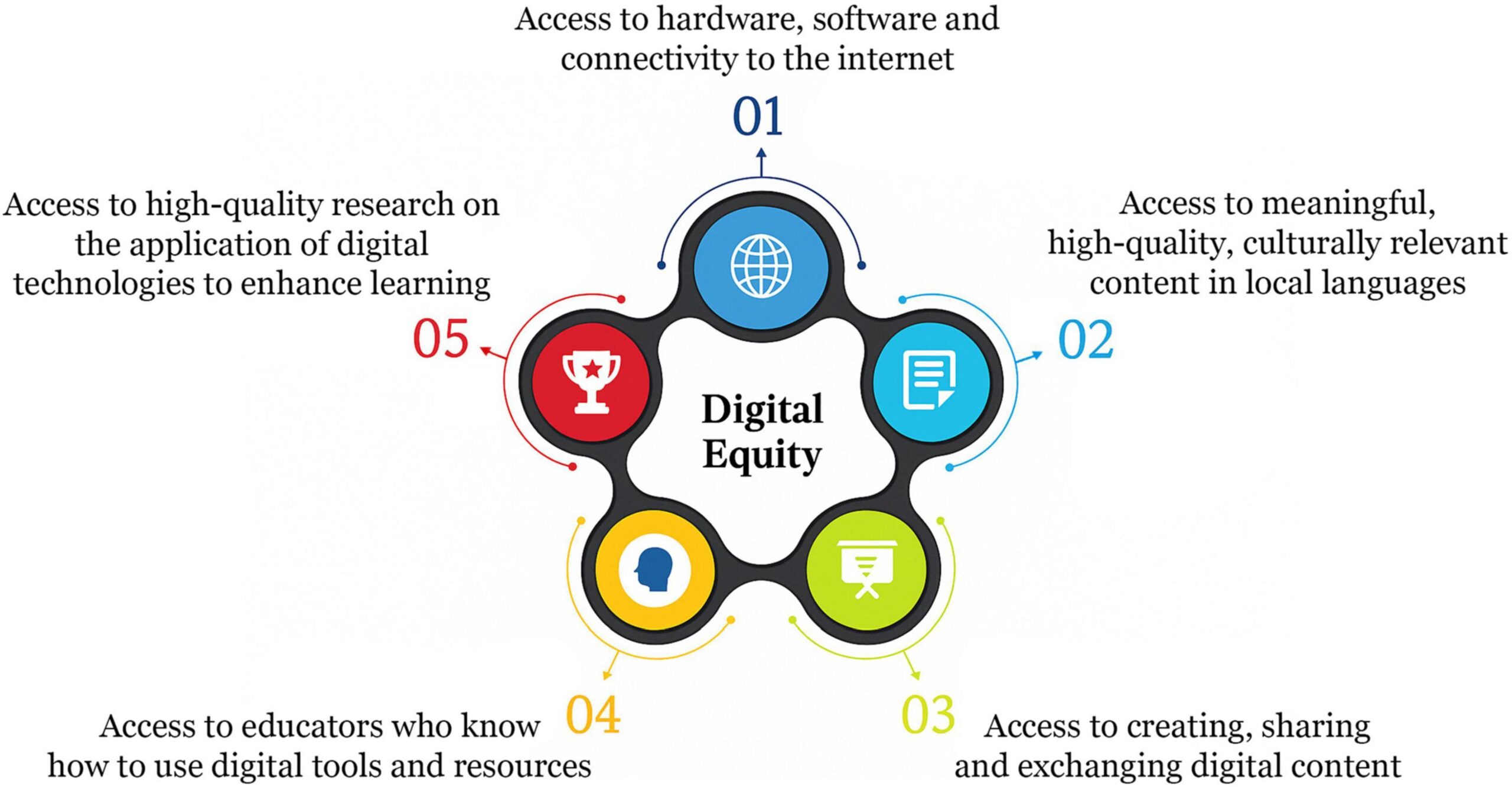How Governments Drive EdTech Innovation: Key Roles and Strategies for Educational Progress
Education technology (EdTech) is revolutionizing learning worldwide. While private companies and educators are on the front lines of this transformation, governments play a critical leadership role in fostering EdTech innovation. But how do governments create the frameworks and strategies that nurture educational progress? Dive into the multifaceted ways that governments are shaping the future of learning with EdTech.
Why EdTech Innovation Matters for Educational Progress
EdTech, or educational technology, leverages digital tools to enhance teaching, learning, and governance. the global education landscape is rapidly evolving, and EdTech solutions are at the heart of increased access, personalization, and efficiency in education systems. By cultivating an environment conducive to EdTech innovation, governments can:
- Close digital divides by ensuring all students have equal access to technology
- Promote personalized learning paths for diverse learners
- Foster lifelong learning for workforce readiness in a digital economy
- Improve educational outcomes and global competitiveness
The Key Roles Governments Play in EdTech Innovation
Governments are uniquely positioned to drive EdTech progress. Here are several crucial ways public authorities fuel the growth and adoption of educational technology:
1. Policy Progress and Regulation
- Setting Standards: Establishing clear guidelines for digital content, privacy, and accessibility helps ensure EdTech quality and safety.
- Regulatory Frameworks: Supporting innovation through adaptive regulations that protect students while promoting experimentation.
2. Funding and Investment
- Public Funding: Allocating budgets to acquire digital tools and infrastructure, especially in underprivileged regions.
- Grants and Incentives: Offering grants, tax incentives, or awards to EdTech startups and research institutions.
3. Infrastructure Development
- Expanding Connectivity: Ensuring high-speed internet access in urban and rural schools alike.
- Modernizing Classrooms: Providing devices, smartboards, and maintenance resources for educators and students.
4. Fostering Public-Private Partnerships
- Collaborative Piloting: Encouraging joint pilot projects between EdTech companies and educational institutions.
- Scaling Successes: Supporting the expansion of proven EdTech solutions from pilot projects to wider adoption.
5. Professional Development and Capacity Building
- Training Programs: Investing in teacher training for effective EdTech integration.
- Leadership Development: Empowering school leaders to champion educational technology in their communities.
Key Strategies for Governments to Promote EdTech Innovation
For governments eager to advance EdTech innovation, several actionable strategies can ensure success:
1. Develop a National EdTech Strategy
- Align EdTech development with national educational goals
- Establish clear objectives, milestones, and performance indicators
- Include input from key stakeholders: educators, students, parents, and industry experts
2. Prioritize Equity and Inclusion
- Invest in affordable internet and device schemes for low-income families
- Support EdTech that’s accessible for all, including students with disabilities
3. Encourage Experimentation and Scalable Pilots
- Implement “sandbox” programs where schools can trial innovative solutions risk-free
- Scale strategies that demonstrate measurable impact on learning outcomes
4. Streamline Procurement Processes
- Modernize procurement to match the pace of EdTech innovation
- Promote transparent criteria focused on efficacy and evidence-based outcomes
5. Monitor, Evaluate, and adjust
- Collect robust data on EdTech usage and its educational impact
- Adjust policies to encourage emerging best practices
Benefits of Government-Led EdTech Innovation
Active government involvement in EdTech brings numerous advantages to the entire education ecosystem:
- Greater Reach: National policies make digital education accessible across urban and remote regions.
- Lower Barriers: Public funding and infrastructure investments democratize access to educational resources.
- Quality Assurance: Regulatory oversight ensures EdTech tools are safe, effective, and data-secure.
- Accelerated Digital Literacy: National campaigns raise awareness and improve technology skills among teachers and students.
- Economic Growth: A tech-savvy workforce strengthens the national economy and global standing.
Case Studies: Governments Driving EdTech Innovation
United Kingdom: EdTech Evidence Group
The UK government launched the EdTech Evidence Group, collaborating with educational institutions and tech providers to ensure solutions are backed by evidence. This initiative has boosted EdTech adoption based on proven results rather than hype.
India: Digital india and SWAYAM
India’s Digital India initiative increased broadband connectivity in rural schools while the SWAYAM MOOC platform democratizes higher education access nationwide—especially critical during the COVID-19 pandemic. Government support enabled rapid scaling and inclusion.
Singapore: Smart Nation Strategy
Singapore integrates EdTech into its Smart Nation vision, encouraging innovation through grants and smart infrastructure. The Education Ministry’s FutureSchools@Singapore program pilots EdTech in classrooms, shaping national rollouts based on real-world feedback.
Practical Tips: How Governments Can Accelerate EdTech success
- Host National Competitions: Encourage innovation by sponsoring hackathons and EdTech challenges.
- Foster Open Educational Resources (OER): Promote the creation and sharing of open-source teaching content.
- Engage Stakeholders: Regularly solicit feedback from students, teachers, parents and industry partners.
- Emphasize Digital Citizenship: Educate students and teachers on online security, privacy, and responsible tech use.
- Maintain Agile Legislation: Ensure education laws remain flexible to accommodate evolving digital trends.
Frequently Asked Questions
- What role should government play in EdTech research and development?
- Governments should fund foundational edtech research, create innovation hubs, and establish partnerships with academic institutions to bring research-based solutions into classrooms.
- How do public-private partnerships improve EdTech implementation?
- Partnerships leverage the creativity and technical expertise of private sector innovators,using government backing to reach larger student populations and deliver trusted,scalable solutions.
- What challenges do governments face in driving EdTech innovation?
- Major challenges include funding limitations, digital inequality, resistance to change among educators, and rapidly evolving technology landscapes.
Conclusion: Governments as Champions of EdTech Innovation
As digital transformation reshapes education, government leadership is essential for maximizing the potential of EdTech innovation. Through strategic policy, investment, partnerships, and a focus on equity, governments worldwide can ensure every learner benefits from the promise of educational technology. By nurturing collaboration and continual enhancement, public authorities are paving the way for a more inclusive, dynamic, and future-ready education system.
Stay connected with the latest trends in EdTech policy and discover how you can advocate for smarter, tech-powered learning in your community.

